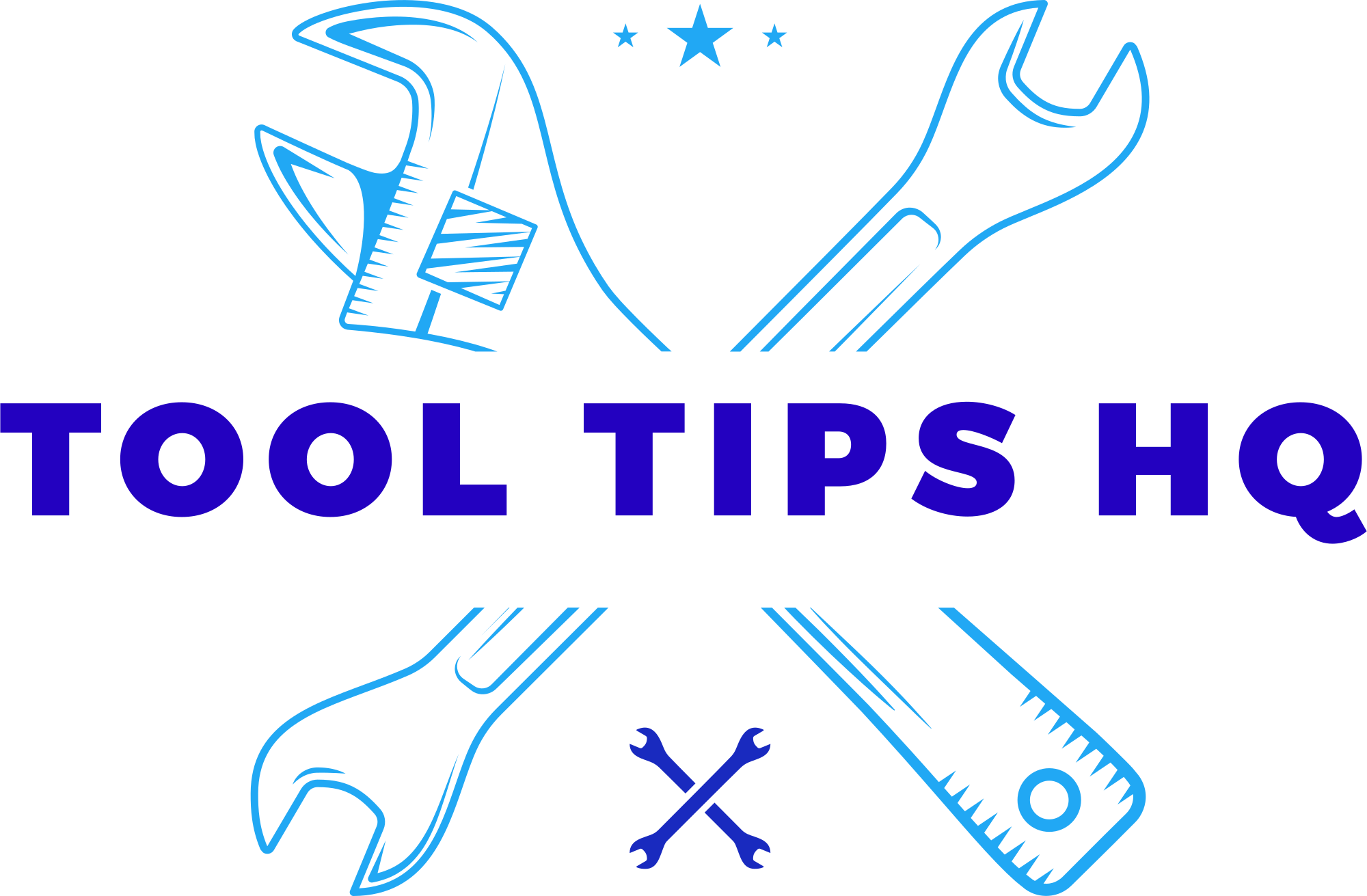**How to Choose the Right Acme Power Tool for Your Needs**
In a world where DIY projects and home improvements reign supreme, selecting the right tools can be the difference between a satisfying weekend endeavor and a frustrating experience. Acme Power Tools have long been recognized for their innovation and reliability, but with a diverse range of options available, how does one choose the perfect fit for their specific needs? Whether you’re a seasoned professional or a weekend warrior, the process of selecting the right power tool can feel overwhelming. In this guide, we’ll demystify the decision-making process, offering insights into factors like power, versatility, and ergonomics. Join us as we explore the essential criteria to consider, ensuring that your next purchase empowers your projects and elevates your craftsmanship.
Understanding Your Project Requirements
When embarking on your quest to select the ideal Acme power tool, it’s crucial to first pinpoint the specific tasks and challenges you expect to face. Different projects can vary greatly in their requirements, which means recognizing the nature of your work is essential. Start by considering the materials you’ll be working with, the scale of your projects, and the type of finish you desire. Ask yourself these guiding questions:
- What is the primary material? (wood, metal, plastic, etc.)
- How often will you use the tool? (occasional, frequent, or heavy-duty)
- What is the complexity of the tasks? (simple cuts, intricate designs, or heavy-duty construction)
Once you have a clear understanding of your project’s requirements, you can begin exploring specific features that might suit your needs. Pay close attention to the tool’s power output, size, and portability, as these can significantly influence your experience. Below is a simplified table outline comparing key specifications of popular Acme power tools to help you make an informed choice:
| Tool Type | Power (Watts) | Weight (lbs) | Best Use |
|---|---|---|---|
| Acme Cordless Drill | 400 | 3.5 | General drilling |
| Acme Circular Saw | 1200 | 8.0 | Wood cutting |
| Acme Angle Grinder | 900 | 6.0 | Metal grinding |
By synthesizing this information, you will not only clarify your priorities but also facilitate a more straightforward decision-making process when it comes to choosing the right Acme power tool tailored to your project needs.

Evaluating Power Tool Specifications
When selecting the right Acme power tool, diving into the specifications is essential for making an informed decision. Key factors to consider include the **power rating**, which is typically measured in watts or horsepower, indicating how much work the tool can handle. Additionally, the **RPM (revolutions per minute)** rating provides insight into its speed and efficiency, crucial for tasks that require precision.
To further refine your choice, pay close attention to the **tool’s weight and ergonomics**. A well-balanced tool reduces fatigue and enhances control during prolonged use. Features such as **variable speed settings**, **built-in safety mechanisms**, and **warranty information** also play critical roles in ensuring you select a power tool that aligns with both your project needs and safety standards. Review your options through a structured comparison:
| Specification | Importance |
|---|---|
| Power Rating | Determines capability for heavy tasks |
| RPM | Indicates speed and efficiency |
| Weight | Affects maneuverability and fatigue |
| Variable Speed | Enhances versatility for different materials |
| Safety Features | Critical for user protection |

Exploring Safety Features and Ergonomics
When choosing an Acme power tool, prioritizing safety features is paramount. Tools equipped with features such as automatic shut-off mechanisms, safety guards, and anti-vibration technology can significantly reduce the risk of accidents during operation. Additionally, look for tools that come with emergency stop buttons and clear visibility guards that enhance user awareness and allow for better control. It’s equally important to consider designated safety ratings and certifications to ensure compliance with industry standards.
Ergonomics play a crucial role in the functionality and comfort of power tools. Tools designed with rubberized grips and lightweight materials can help reduce user fatigue, leading to longer, safer periods of use. Pay attention to the tool’s balance and heft; a well-balanced power tool minimizes strain and enhances performance. Furthermore, adjustable components, such as handle positions or saw blade angles, give users better control and adaptability for a variety of tasks. Here’s a quick comparison table of key ergonomic features to consider:
| Feature | Benefits |
|---|---|
| Rubberized Grips | Enhanced comfort; improved control |
| Lightweight Design | Reduced fatigue; easier handling |
| Adjustable Handle | Customization for varied tasks |
| Anti-Vibration System | Less strain on hands; smoother operation |

Maximizing Value: Budgeting and Warranty Considerations
When selecting the right Acme power tool, it’s essential to balance your budget with your intended use. Investing in a high-quality tool can lead to long-term savings and efficiency, but it’s important to evaluate your project’s specific requirements. Think about the following factors to maximize value:
- Tool Performance: Choose tools that meet your power needs without overspending on unnecessary features.
- Frequency of Use: If a tool will only be used occasionally, consider whether a lower-priced option would suffice.
- Long-term Investment: Higher-quality tools often come with better warranties, reducing future repair costs.
Warranties play a critical role in your purchasing decision, especially when it comes to power tools. A strong warranty not only offers peace of mind but also signifies the manufacturer’s confidence in their product. Some key aspects to consider include:
| Warranty Type | Duration | Coverage Details |
|---|---|---|
| Standard Warranty | 1 Year | Repair or replacement for defects in materials and workmanship. |
| Extended Warranty | 3 Years | Additional coverage for wear and tear, plus accidental damages. |
| Lifetime Warranty | Lifetime | Includes all defects and general performance issues throughout the tool’s lifespan. |
Q&A
**Q&A: How to Choose the Right Acme Power Tool for Your Needs**
**Q1: What factors should I consider when choosing an Acme power tool?**
A1: When selecting the right Acme power tool, consider the nature of your projects, your level of experience, and the specific features you require. Think about the material you’ll be working with, whether it’s wood, metal, or masonry, as each type may necessitate different tools. Additionally, evaluate the frequency of use. Are you a weekend warrior, or do you need a tool for daily tasks? These factors will help guide you to the most suitable option.
—
**Q2: How important is power rating when selecting a power tool?**
A2: Power rating is crucial because it directly impacts the tool’s performance. Generally, higher wattage or voltage equates to more power, which can enhance cutting speed and efficiency. However, it’s essential to balance power with usability; for instance, a more powerful tool may be heavier and harder to control. Determine the power requirement based on your most demanding tasks, but don’t overlook the importance of comfort and handling.
—
**Q3: Should I prioritize corded or cordless tools?**
A3: The choice between corded and cordless tools largely depends on your work environment and personal preferences. Corded tools often provide consistent power and are ideal for heavy-duty tasks where an unlimited power source is available. On the other hand, cordless tools offer mobility and convenience, making them perfect for jobs in tight or remote spaces. Weigh the pros and cons based on your intended use to find your perfect match.
—
**Q4: Are there any specific features I should look for in Acme tools?**
A4: Absolutely! Look for features that enhance usability, such as variable speed settings, automatic safety shutoff, ergonomic design, and interchangeable attachments. Some Acme tools come with integrated LED lights, which can be incredibly helpful in dimly lit spaces. Also, consider tools with dust collection systems or anti-vibration technology to improve comfort and workspace cleanliness.
—
**Q5: How do I know if I’m choosing a quality Acme power tool?**
A5: Quality can often be assessed through brand reputation, customer reviews, and warranty options. Acme has a commitment to durability and performance, but it’s beneficial to read reviews from other users who have similar needs as yours. Further, check the warranty offered; a longer warranty period usually indicates the manufacturer’s confidence in their product.
—
**Q6: What is the best way to ensure I’m getting the right tool for my skill level?**
A6: As a beginner, consider starting with a multi-tool that offers versatility without overwhelming complexity. Look for easy-to-use options with straightforward instructions. For experienced users, specialized tools that offer advanced features may be more suitable. Ultimately, choosing a tool that aligns with your skills while challenging you to improve is the key to enhancing your craftsmanship.
—
**Q7: Can I test power tools before purchasing?**
A7: Yes! Many retailers offer display models or demo stations where you can try out different tools before making a purchase. This hands-on experience can be invaluable. It allows you to assess the weight, grip, and overall feel of the tool, ensuring it meets your comfort and operational preferences.
—
**Q8: What budget should I set for an Acme power tool?**
A8: Budgeting for an Acme power tool should reflect the quality and features you need. While it can be tempting to go for the cheapest option, investing in a reliable, higher-quality tool often pays off in longevity and performance. Establish a budget that aligns with your immediate needs while leaving room for growth as your skills evolve. Remember, spending a little more upfront can save you from frequent replacements in the long run.
—
By considering these questions and answers, you’ll be well on your way to choosing the right Acme power tool that aligns perfectly with your needs, ensuring your projects are completed efficiently and effectively. Happy tooling!
Key Takeaways
selecting the right Acme power tool is more than just a choice; it’s an investment in your craftsmanship and a step towards achieving your project goals. By carefully considering your specific needs, understanding the features of various tools, and matching them with the demands of your tasks, you can make a decision that not only enhances your productivity but also elevates the quality of your work. Whether you’re a seasoned professional or a weekend warrior, the right tool can transform your approach to projects, turning challenges into opportunities for creativity and innovation. So, take your time, explore the options, and let the power of Acme tools empower your craftsmanship to new heights. Happy building!

